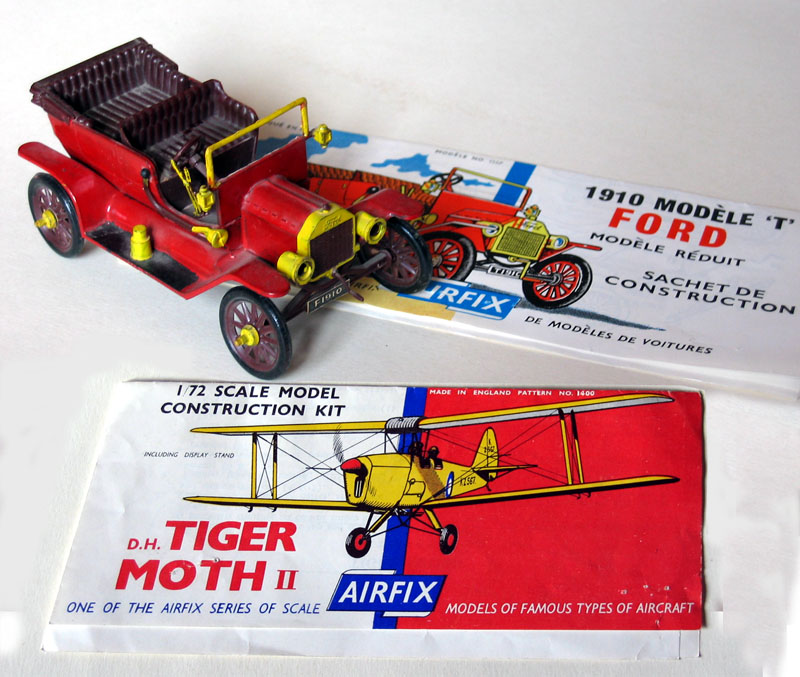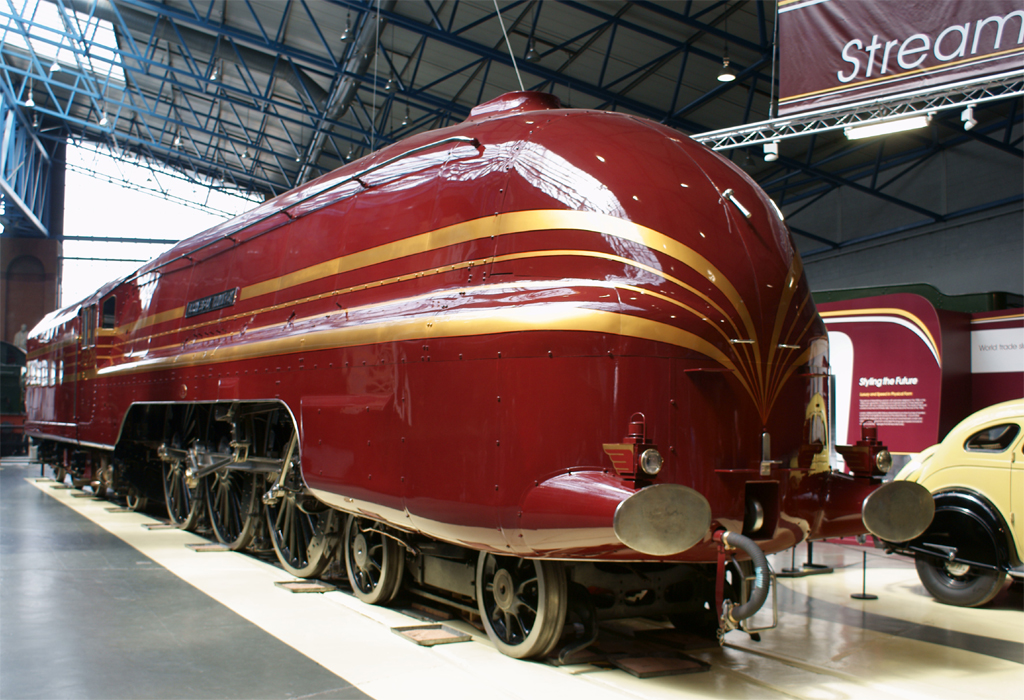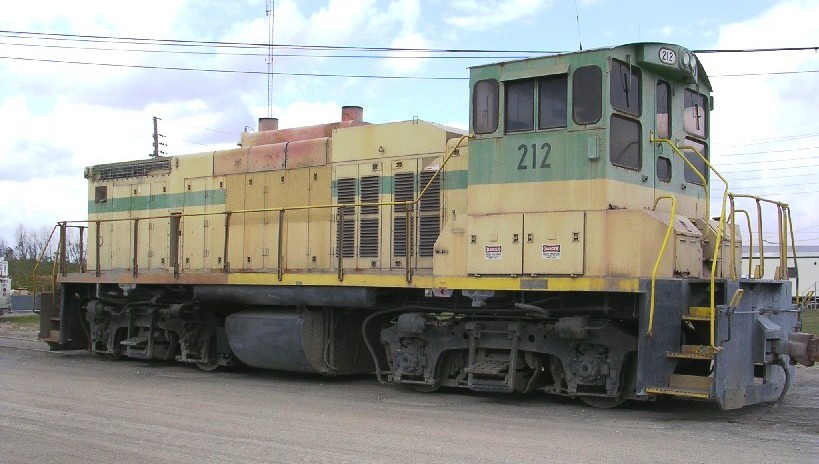|
Kitmaster
Rosebud Kitmaster is the brand name of a short-lived but critically acclaimed range of plastic assembly kits, manufactured in the United Kingdom by Rosebud Dolls Ltd of Raunds, Northamptonshire. Introduced from May 1959, the range rapidly expanded to include 34 models of railway locomotives and coaches in OO, HO and TT scales, and eventually, one motorcycle in 1:16 scale. The assets of Rosebud Kitmaster were sold to Airfix Products Ltd in late 1962. Nine locomotives and the motorcycle were later re-issued under the Airfix brand. The Airfix company was taken over by Humbrol in 1986, but the company went down in August 2006. on the BBC, Published 30 August 2014] [...More Info...] [...Related Items...] OR: [Wikipedia] [Google] [Baidu] |
Airfix
Airfix is a British brand and former manufacturing company which produced injection-moulded plastic scale model kits. In the U.K., the name 'Airfix' is synonymous with plastic models of this type, often simply referred to as "an airfix kit" even if made by another manufacturer. Airfix manufactured a wide range of model products such as cars, aircraft, ships, commercial vehicles, military vehicles, railways, and figures. Founded in 1939, Airfix was owned by Humbrol from 1986 until the latter's financial collapse on 31 August 2006. Since 2007, both Humbrol and Airfix have been owned by Hornby. History Airfix was founded in 1939 by a Hungarian businessman Nicholas Kove, initially to manufacture inflatable rubber toys. The brand name was selected to be the first alphabetically in trade directories. In 1947, Airfix introduced injection moulding, initially producing pocket combs. In 1949, the company was commissioned to create a promotional model of a Ferguson TE20 tractor, mould ... [...More Info...] [...Related Items...] OR: [Wikipedia] [Google] [Baidu] |
SR Schools Class
The SR V class, more commonly known as the ''Schools'' class, is a class of steam locomotive designed by Richard Maunsell for the Southern Railway. The class was a cut down version of his ''Lord Nelson'' class but also incorporated components from Urie and Maunsell's LSWR/SR ''King Arthur'' class. It was the last locomotive in Britain to be designed with a 4-4-0 wheel arrangement, and was the most powerful class of 4-4-0 ever produced in Europe. All 40 of the class were named after English public schools, and were designed to provide a powerful class of intermediate express passenger locomotive on semi-fast services for lines which could cope with high axle loads but some of which had short turntables. Because of the use of a ‘’King Arthur’’ firebox, rather than the square-topped Belpaire firebox used on the Lord Nelsons, the class could be used on lines with a restricted loading gauge and some of the best performance by the class was on the heavily restricted Tonbridg ... [...More Info...] [...Related Items...] OR: [Wikipedia] [Google] [Baidu] |
OO Gauge
OO gauge or OO scale (also, 00 gauge and 00 scale) is the most popular standard-gauge model railway standard in the United Kingdom, outside of which it is virtually unknown. OO gauge is one of several 4 mm-scale standards (4 mm to 1 foot, or 1:76.2), and the only one to be marketed by major manufacturers. The OO track gauge of (same as H0 scale) corresponds to prototypical gauge of , rather than standard gauge. However, since the 1960s, other gauges in the same scale have arisen—18.2 mm (EM) and 18.83 mm (Scalefour)—to reflect the desire of some modellers for greater scale accuracy. Origin Double-0 scale model railways were launched by Bing in 1921 as "The Table Railway", running on track and scaled at 4 mm-to-the-foot. In 1922, the first models of British prototypes appeared. Initially all locomotives were powered by clockwork, but the first electric power appeared in autumn 1923. OO describes models with a scale of 4 mm = 1 foot (1:76) runnin ... [...More Info...] [...Related Items...] OR: [Wikipedia] [Google] [Baidu] |
LMS Royal Scot Class
The London, Midland and Scottish Railway (LMS) Royal Scot Class is a class of 4-6-0 express passenger locomotive introduced in 1927. Originally having parallel boilers, all members were later rebuilt with tapered type 2A boilers, and were in effect two classes. Background Until the mid-1920s, the LMS had followed the Midland Railway's small engine policy, which meant that it had no locomotives of sufficient power for its expresses on the West Coast Main Line. These trains were entrusted to pairs of LMS/MR Midland Compound 4-4-0s between Glasgow and , and a 4-6-0 locomotive of the LNWR Claughton Class, piloted by an LNWR George V 4-4-0, southwards to Euston station. The Operating and Motive Power Departments of the LMS were satisfied with the small engine policy. However, in 1926 the Chief Mechanical Engineer, Henry Fowler, began the design of a compound Pacific express locomotive. The management of the LMS, faced with disagreement between the CME and the other departments, o ... [...More Info...] [...Related Items...] OR: [Wikipedia] [Google] [Baidu] |
SR West Country And Battle Of Britain Classes
The SR West Country and Battle of Britain classes, collectively known as ''Light Pacifics'' or informally as ''Spam Cans'', are air-smoothed 4-6-2 ''Pacific'' steam locomotives designed for the Southern Railway by its Chief Mechanical Engineer Oliver Bulleid. Incorporating a number of new developments in British steam locomotive technology, they were amongst the first British designs to use welding in the construction process, and to use steel fireboxes, which meant that components could be more easily constructed under wartime austerity and post-war economy.Arlett (1989), p. 29–30 They were designed to be lighter in weight than their sister locomotives, the Merchant Navy class, to permit use on a wider variety of routes, including in the south-west of England and the Kent coast. They were a mixed-traffic design, being equally adept at hauling passenger and freight trains, and were used on all types of services, frequently far below their capabilities. A total of 110 ... [...More Info...] [...Related Items...] OR: [Wikipedia] [Google] [Baidu] |
L&YR Class 21
The L&YR Class 21 is a class of small 0-4-0 ST steam locomotive built by the Lancashire and Yorkshire Railway for shunting duties. They were nicknamed ''Pugs''. Construction history The class originates in the purchase of three saddle tank locomotives ordered from Vulcan Foundry in 1886. They were fitted with an long, diameter boiler with a pressure of powering two outside cylinders connected to driving wheels. The wheelbase was and the total heating surface of the saturated boiler was . J. A. F. Aspinall then ordered more locomotives of a modified design: the wheelbase was shortened to , the tank was extended over the smokebox, the cab was enlarged, and the boiler pressure raised to . Seventeen of this modified design were ordered from Horwich Works in three batches; Aspinall's successor Henry Hoy order another batch of 10; and Hoy's successor George Hughes ordered 30 more in two batches. The last locomotive was delivered in July 1910, four months before the fi ... [...More Info...] [...Related Items...] OR: [Wikipedia] [Google] [Baidu] |
Dapol
Dapol Ltd is a model railway manufacturer based in Chirk, Wales. The factory where some of the design and manufacturing take place is just over the border in England. The company is known for its model railway products in N gauge, OO gauge and O gauge. History Dapol's name is a play on its founders David and Pauline Boyle's names. He owned a model concern Highfield Birds & Models. In 1981 he first tried to buy the Airfix and Mainline ranges. The Dapol brand name was first used in a Railway Modeller advert of September 1983. The first Dapol wagons (for OO) were announced to become available on 20 November 1983. From 1 March 1984 ex Airfix railway kits became available. Later in the year the Railway Modeller carried a two-page profile of the new concern with the upbeat title ''An exciting new model empire''. A lot of David Boyle's background was explored. Some of Dapol's ambitions were frustrated. That article said that the Austerity 2-8-0 and the LMS Beyer Garratt were both und ... [...More Info...] [...Related Items...] OR: [Wikipedia] [Google] [Baidu] |
LMS Princess Coronation Class
The London, Midland and Scottish Railway (LMS) Coronation Class is a class of express passenger steam locomotives designed by William Stanier. They were an enlarged and improved version of his previous design, the LMS Princess Royal Class, and on test were the most powerful steam locomotives ever used in Britain at 2,511 dbhp. The locomotives were specifically designed for power as it was intended to use them on express services between London Euston and Glasgow Central; their duties were to include the hauling of a proposed non-stop express, subsequently named the '' Coronation Scot''. The first ten locomotives of the Coronation class were built in a streamlined form in 1937 by the addition of a steel streamlined casing. Five of these ten were specifically set aside to pull the ''Coronation Scot''. Although a later batch of five unstreamlined locomotives was produced in 1938, most of the ensuing Coronation class were outshopped as streamliners. From 1944 until production en ... [...More Info...] [...Related Items...] OR: [Wikipedia] [Google] [Baidu] |
LMS Coronation Class
The London, Midland and Scottish Railway (LMS) Coronation Class is a class of express passenger steam locomotives designed by William Stanier. They were an enlarged and improved version of his previous design, the LMS Princess Royal Class, and on test were the most powerful steam locomotives ever used in Britain at 2,511 dbhp. The locomotives were specifically designed for power as it was intended to use them on express services between London Euston and Glasgow Central; their duties were to include the hauling of a proposed non-stop express, subsequently named the ''Coronation Scot''. The first ten locomotives of the Coronation class were built in a streamlined form in 1937 by the addition of a steel streamlined casing. Five of these ten were specifically set aside to pull the ''Coronation Scot''. Although a later batch of five unstreamlined locomotives was produced in 1938, most of the ensuing Coronation class were outshopped as streamliners. From 1944 until production ende ... [...More Info...] [...Related Items...] OR: [Wikipedia] [Google] [Baidu] |
The General (locomotive)
Western & Atlantic Railroad #3 ''General'' is a 4-4-0 "American" type steam locomotive built in 1855 by the Rogers, Ketchum & Grosvenor in Paterson, New Jersey for the Western & Atlantic Railroad, best known as the engine stolen by Union spies in the Great Locomotive Chase, an attempt to cripple the Confederate rail network during the American Civil War. Today, the locomotive is preserved at the Southern Museum of Civil War and Locomotive History in Kennesaw, Georgia, and is listed on the National Register of Historic Places. Before the Civil War Built in 1855 by Rogers, Ketchum & Grosvenor in Paterson, New Jersey, ''The General'' provided freight and passenger service between Atlanta, Georgia, and Chattanooga, Tennessee, before the Civil War on the Western and Atlantic Railroad of the State of Georgia and later, the Western and Atlantic Railroad Company. Civil War During the Civil War on April 12, 1862, ''The General'' was commandeered by Northerners led by James J. Andr ... [...More Info...] [...Related Items...] OR: [Wikipedia] [Google] [Baidu] |
4-4-0
4-4-0 is a locomotive type with a classification that uses the Whyte notation for the classification of steam locomotives by wheel arrangement and represents the arrangement: four leading wheels on two axles (usually in a leading bogie), four powered and coupled driving wheels on two axles, and a lack of trailing wheels. Due to the large number of the type that were produced and used in the United States, the 4-4-0 is most commonly known as the American type, but the type subsequently also became popular in the United Kingdom, where large numbers were produced.White, John H., Jr. (1968). ''A history of the American locomotive; its development: 1830-1880''. New York: Dover Publications, pp. 46-. Almost every major railroad that operated in North America in the first half of the 19th century owned and operated locomotives of this type. The first use of the name ''American'' to describe locomotives of this wheel arrangement was made by ''Railroad Gazette'' in April 1872. Prior to ... [...More Info...] [...Related Items...] OR: [Wikipedia] [Google] [Baidu] |
Shunter
A switcher, shunter, yard pilot, switch engine, yard goat, or shifter is a small Rail transport, railroad locomotive used for manoeuvring railroad cars inside a rail yard in a process known as Shunt (railway operations), ''switching'' (US) or ''shunting'' (UK). Switchers are not intended for moving trains over long distances but rather for assembling trains in order for another locomotive to take over. They do this in classification yards (Great Britain: ''marshalling yards''). Switchers may also make short transfer runs and even be the only motive power on branch lines and switching and terminal railroads. The term can also be used to describe the workers operating these engines or engaged in directing shunting operations. Switching locomotives may be purpose-built engines, but may also be downgraded main-line engines, or simply main-line engines assigned to switching. Switchers can also be used on short excursion train rides. The typical switcher is optimised for its job, be ... [...More Info...] [...Related Items...] OR: [Wikipedia] [Google] [Baidu] |









